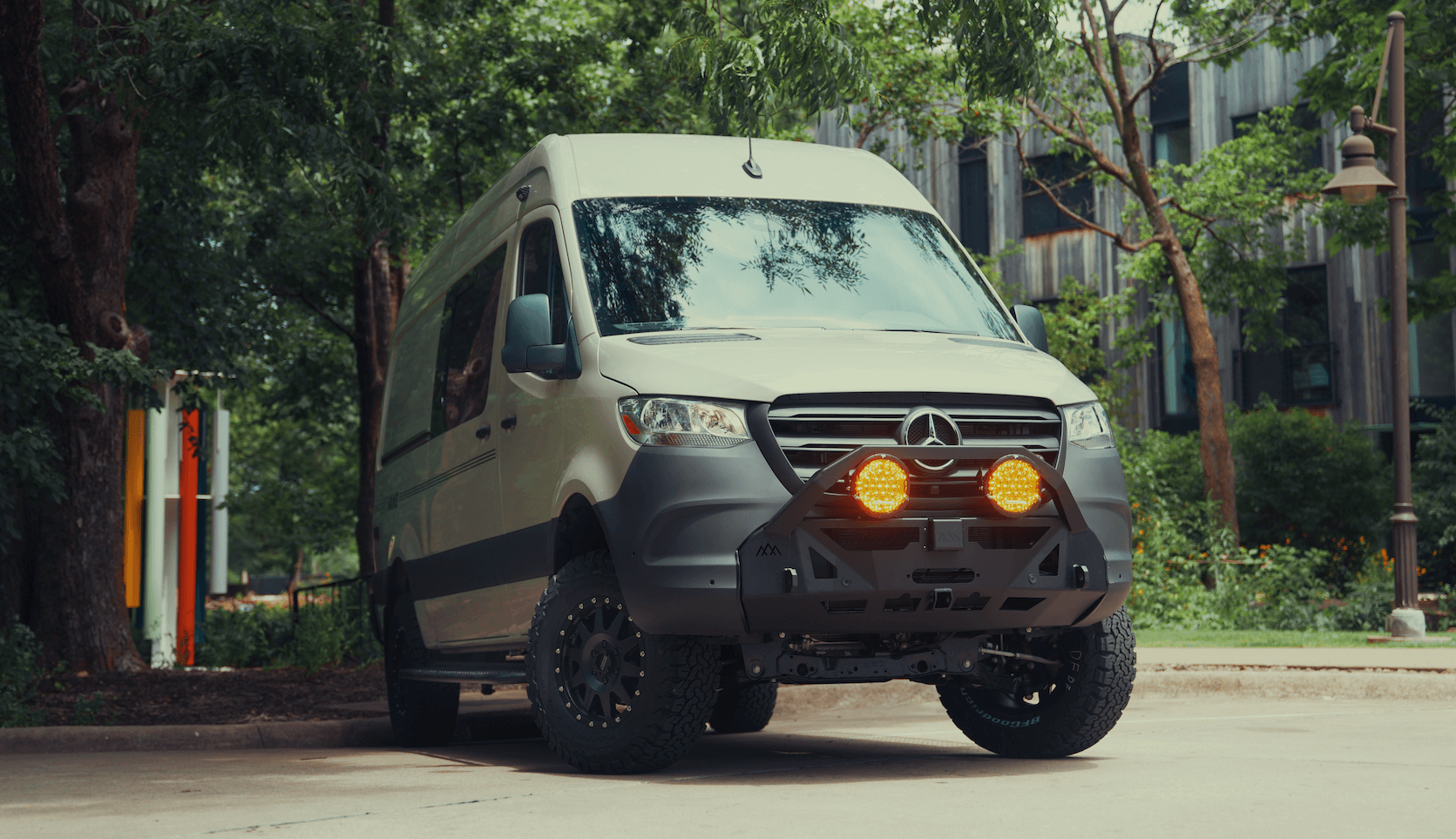Recreational Vans

Fuses are guardians for your wiring. They are not there to save a fridge or an inverter. They protect the conductor from overheating when a short or overload pushes current beyond what the copper can safely carry. In a camper van, you have compact spaces, soft furnishings, and lots of vibration, so a small mistake can turn into melted insulation or worse. The right fuse limits fault energy, opens fast enough to protect insulation, and sits close to the source so very little unfused wire exists.
Think of each circuit as a chain with a weakest link. The weakest link is usually the smallest wire section in that run. That is what your fuse must protect. If the device label says it draws 8 amps but the wire is only safe for 10 amps, you do not choose a 15 amp fuse just to prevent nuisance blows. You choose a value that stays below the wire rating and comfortably above the normal draw.
Start with wire ampacity. Use a conservative ampacity for automotive grade copper with proper insulation. As a simple guide under 12 to 24 volt DC:
Pick a fuse equal to or below the wire’s safe amperage, then confirm it exceeds the circuit’s normal current. For continuous loads that run for hours, such as a compressor fridge or heater fan, target a fuse around 125 percent of the expected current. For intermittent surge loads like an inverter, consider the manufacturer’s guidance and time delay characteristics, but still never exceed wire ampacity.
Place battery protection as close as practical to the positive terminal. This main fuse must match the smallest wire section feeding your distribution. If you run 2 AWG to a bus bar, size the battery fuse for that 2 AWG, not for the inverter’s peak rating alone. Repeat the same logic for alternator charge lines, DC to DC chargers, solar lines near the controller, and each branch circuit.
Different fuse form factors serve different jobs:
Pick a holder that is vibration resistant and sealed against moisture. Use ring terminals with full contact on stud fuses and seat the hardware to the specified torque. Keep spares on hand, and label both the circuit and the fuse rating so future service is simple.
Loads behave differently. A water pump has a short surge at startup. An inverter can pull several times its continuous rating for a moment when starting a motorized appliance. A time delay MIDI or ANL can ride through a brief spike and still open quickly in a fault. Match the fuse curve to the load profile, but never let surge logic drive you beyond the wire’s thermal limit.
Vans see heat near engines and tight spaces where cables bunch together. Heat reduces allowable current. If you route multiple runs in a bundle, derate the ampacity. If you cannot avoid a long cable to a rear accessory, increase gauge to control drop, but keep the fuse value at or below the new wire’s safe rating. Environmental planning is protection too.
Marine standards like ABYC E 11 offer conservative guidance for low voltage DC in mobile environments, and while a van is not a boat, the principles travel well. Document each circuit, wire size, and fuse rating. A simple one page map inside the fuse panel cover shortens diagnostics on the road.
A clean layout uses a battery post MRBF to feed a main bus, then a main ANL to an inverter and MIDI fuses to branch feeders. A fused distribution block handles blade fuses for lights, fans, pumps, and fridge. Solar connects through a controller with a fuse on the battery side and often a disconnect on the panel side. Alternator charging moves through a DC to DC charger with fuses sized to the wire on both ends when required. Every link follows the same rule: protect the smallest wire.
You can use the guidelines above to audit your rig. If you want expert eyes, our team designs and builds van electrical systems that stay quiet, cool, and dependable under real travel. We size every fuse to the wire, validate time delay needs for surge loads, and route cables for long service life. We also provide partial upfits where we rework protection and distribution while keeping your existing gear.
Explore our builds on Recreational vans to see how we package power, water, and storage into cohesive systems. If you are dreaming of a ground up interior, start with our Custom build overview. Prefer a finance friendly platform with smart electrical already planned, take a look at Mainstream vans.
We begin with usage mapping. How often will you boondock, what is your inverter need, and which loads are continuous. Then we back into wire gauge, protection, and placement. The result is a van that keeps its cool on summer climbs and stays safe if something chafes through during winter travel.
If your spreadsheet and the fuse aisle have you second guessing, you are not alone. A safe system balances math and field experience. We can handle both so you can focus on the fun part.
Have questions about your current fuse layout or a planned inverter upgrade. Reach out and we will help you choose the right protection and placement for your setup.
Tell us about your electrical goals and timeline. We will design a safe, serviceable system with correctly sized fuses, breakers where appropriate, and clean cable management. Submit the form to start your build plan.
Ready to stop guessing on electrical protection and start traveling with confidence? Tell us about your power goals, fridge draw, solar plans, and charging needs. OZK Customs designs and builds complete camper van systems with correctly sized fuses, breakers, wire, and terminations. Submit the form to schedule your consult and get a safe, quiet, and reliable electrical system.
ADDRESS:
6159 E Huntsville Rd, Fayetteville, AR 72701
PHONE:
(479) 326-9200
EMAIL:
info@ozkvans.com